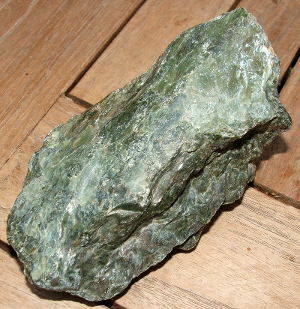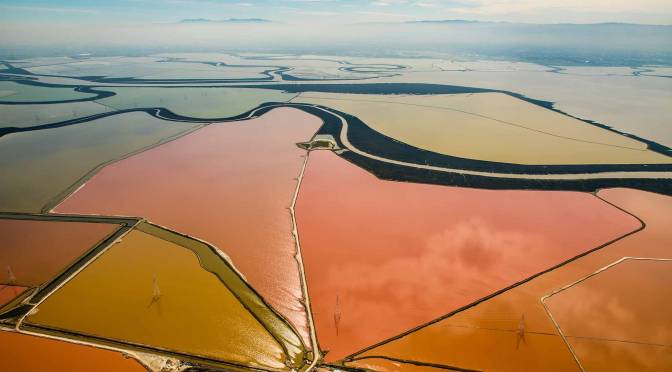• Serpentinite has a unique association with California for many reasons including: its association with gold deposits and the resulting California Gold Rush history, many plants unique to California grow on serpentinite-rich soils, the fact that serpentinite is thought to promote slow (and less hazardous) ‘creep’ along faults, and others.
• There is no such mineral as “chrysotile asbestos”; there is a mineral “chrysotile” that crystallizes into a fibrous material referred to as asbestos but not all varieties of serpentinite contain it.
• The term “asbestos” does not have a unique mineralogical association; it is derived from the term that describes the fibrous nature.
• Varieties of asbestos from a completely separate group of minerals, called the amphibole group, are considered to be the most dangerous form.
• The health danger of asbestos is when people breathe the powdered form into their lungs — and not just once or twice, but chronically over many years.
• Bottom line: walking on, being near, handling, or even eating a piece of serpentinite rock is NOT harmful.
As one blogger put it, the only way a piece of serpentinite might be harmful is if someone hurled a piece at you. To reiterate, one must inhale the powdered version into their lungs for it to be harmful. The wording of the bill is such that it’s not surprising there is some confusion and misunderstanding. Some of the mainstream reporting about this bill has failed to communicate that exposure to the rock serpentinite is distinct from exposure to the powdered form of a component mineral that might be in the rock. This is an important distinction.
Supporters of this bill argue that having a rock with an association with harmful derivative materials is inappropriate for a state symbol. One of the more interesting bits of history I’ve learned following this story is that the original 1965 proclamation of serpentinite as the state rock was motivated by a desire to highlight its economic and commercial importance as a source of mined asbestos. However, the connection between the mining process and harmful effects were discovered thereafter and asbestos mining was banned in California in the 1970s. So, why is the issue coming up now? It’s unclear to me.
The final point I’ll make about this issue, which is something many other geologists have made as well, is that what’s most important here isn’t to maintain serpentinite as the state rock at all costs. What’s important is that the proposal deserves a fair and open debate. If the state assembly feels that spending the time and resources to do that isn’t in California’s best interests at this time, then simply table the bill and deal with it at a later date.
PDF of Senate Bill No. 624
Much of the information presented in this post comes from the educating and advocacy about this issue by geoscience educator Garry Hayes at his blog Geotripper, Bay Area science writer Andrew Alden at geology.about.com, and environmental historian Jon Christensen from the Bill Lane Center for the American West at Stanford University.

